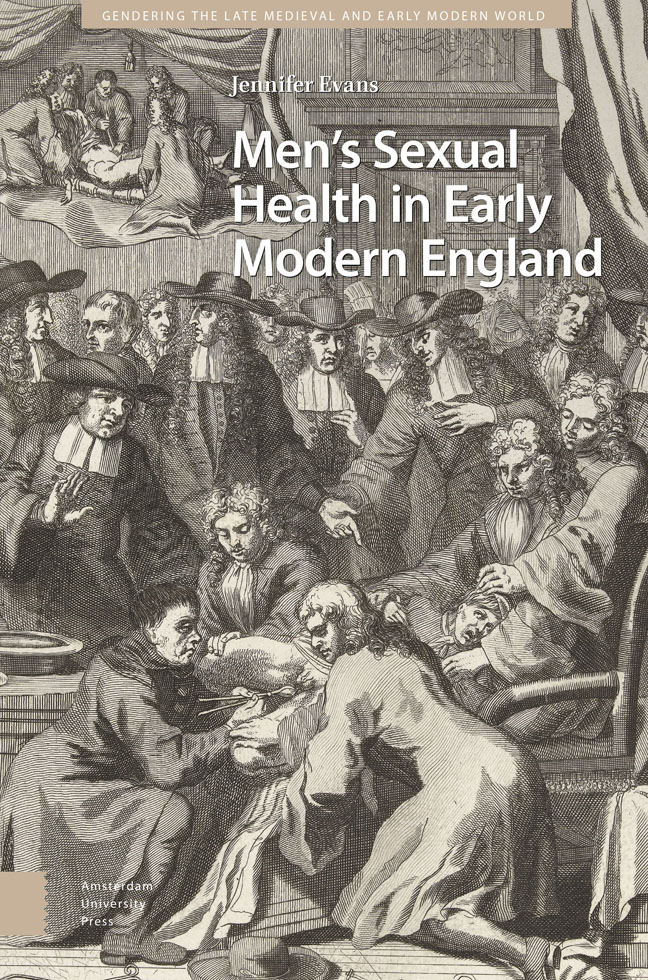1 - Disrupting Manly Development: Issues in Infancy and Childhood
Published online by Cambridge University Press: 20 February 2024
Summary
Abstract: This chapter reveals how medical texts presented boys’ bodies as vulnerable to conditions that might impede the development of adult manliness. The moist temperaments of prepubescent boys meant that hernias, and subsequent herniotomy surgery, were common. This created a cultural spectre of childhood castration that robbed adult men of their potency and vigour. As puberty approached, the precariousness of boys’ ripening was emphasized by genitourinary ill health. Disruption caused by hernias, bladder stones, urinary difficulties, and swellings could all consign a man to remain forever on the cusp of manhood, beardless, with a squeaking voice, and lacking the means to engage in sexual activity and to father children.
Keywords: children; puberty; genitourinary conditions; hernias; youth
The lives of men, in early modern thought, were divided into distinct stages: infancy, childhood, adolescence, young manhood, manhood, and old age. Each of these stages had certain characteristics. For example, at ‘Pubertie’, around twelve to fourteen years of age, men were supposed to ‘be Able for Generation’, to develop body hair, a beard, and grow in stature. In old age, conversely, men were to ‘grow Gray, and Bald’ and lose their ability to father children, eventually growing decrepit and dying. Throughout the life cycle the male body moved towards a pinnacle of perceived manliness, and then, once that was passed, the body declined. The first key transitionary phase was ‘breeching’ when at seven years old boys were set on the path to manhood and moved into overtly masculine clothing. Prior to breeching boys were not, in theory, distinctly gendered. These early moves towards manhood were necessary because, as Anthony Fletcher has described, a ‘baby's penis merely indicated a potential for the attainment of a masculinity which needed to be socially inculcated’. The potential for the body to achieve these aims manifested more distinctly during ‘Pubertas’ (twelve to eighteen years of age) and adolescence (which continued until twenty-five years of age). Throughout a boy's young life, he was at risk of genitourinary problems that threatened to push the body off this expected path. Damage to the genitals and reproductive organs early in life might diminish or permanently disrupt the potency, fertility, and vigour of the adult body.
- Type
- Chapter
- Information
- Men's Sexual Health in Early Modern England , pp. 39 - 58Publisher: Amsterdam University PressPrint publication year: 2023

